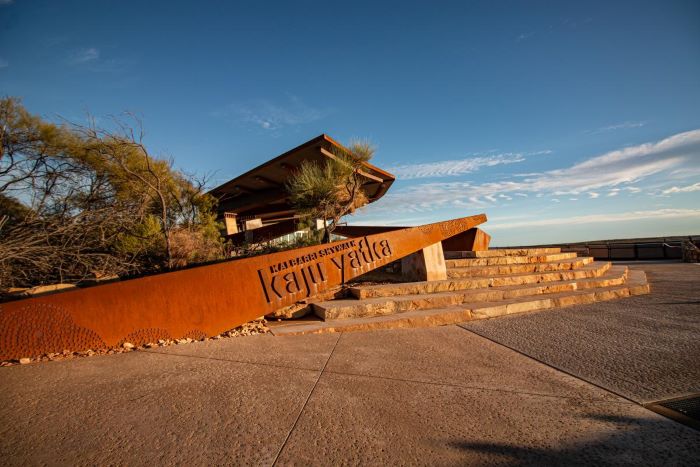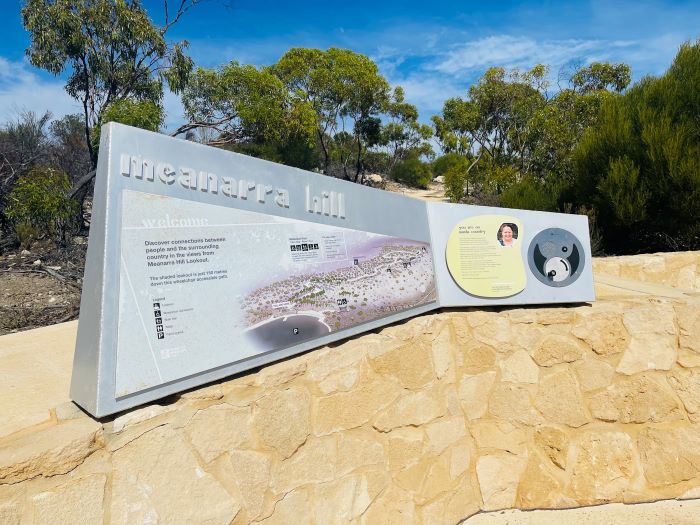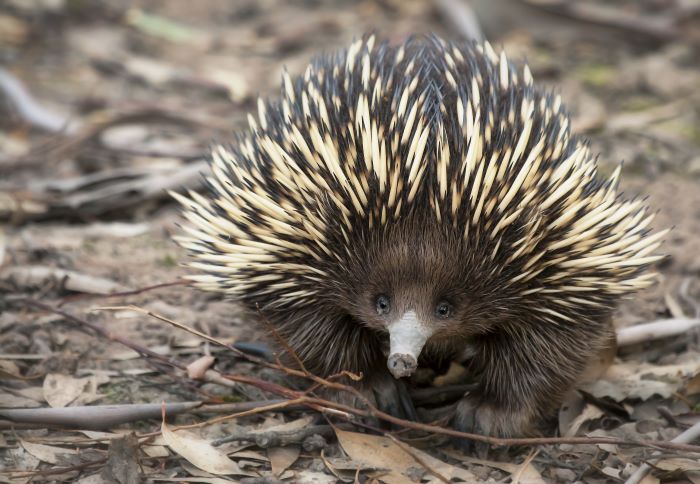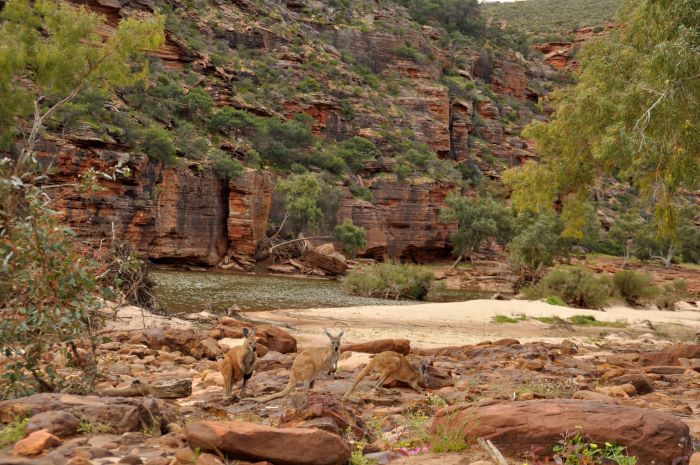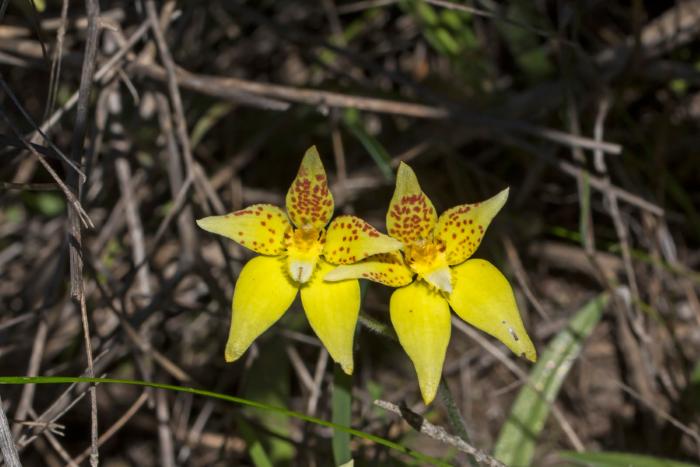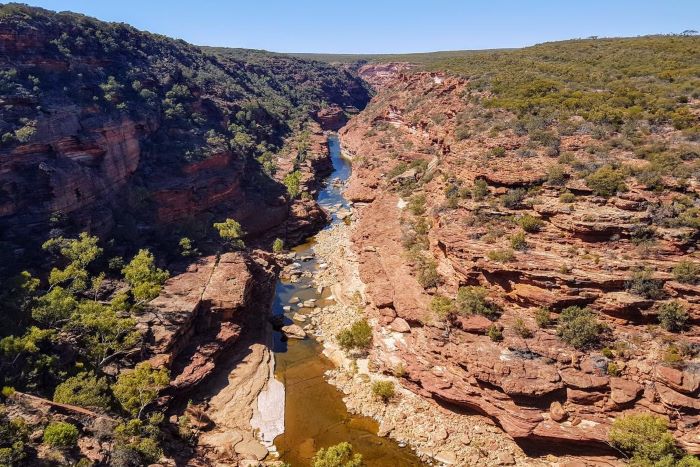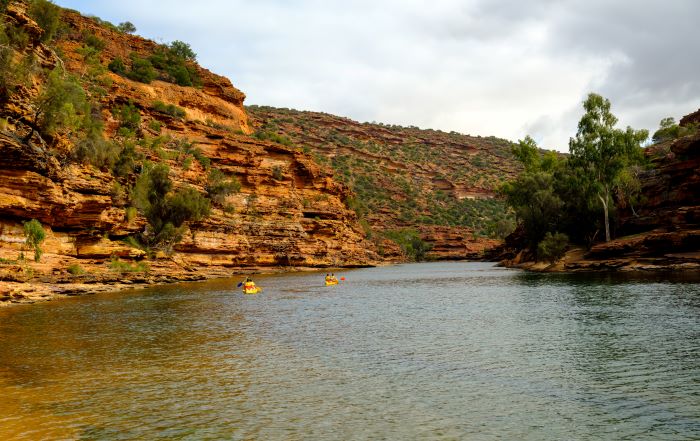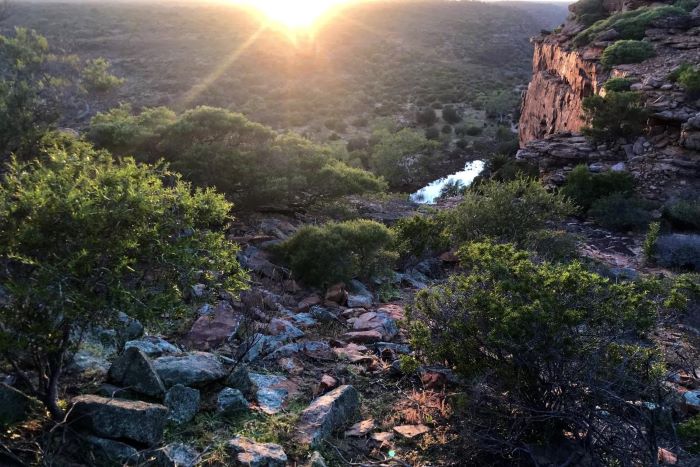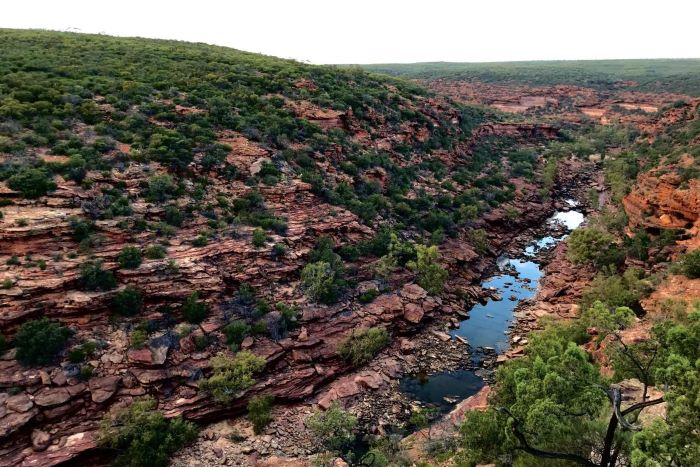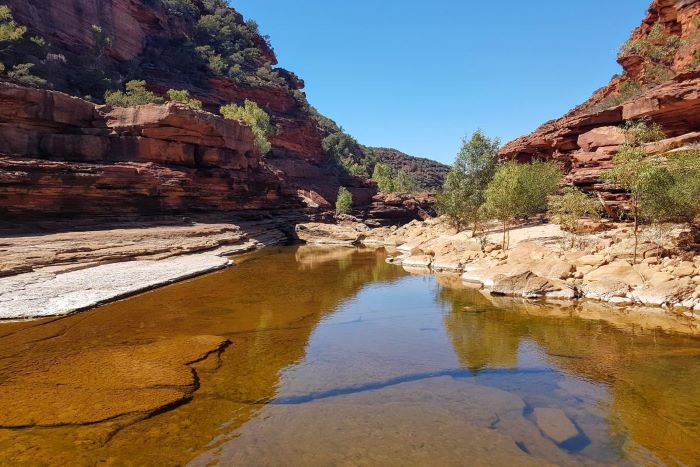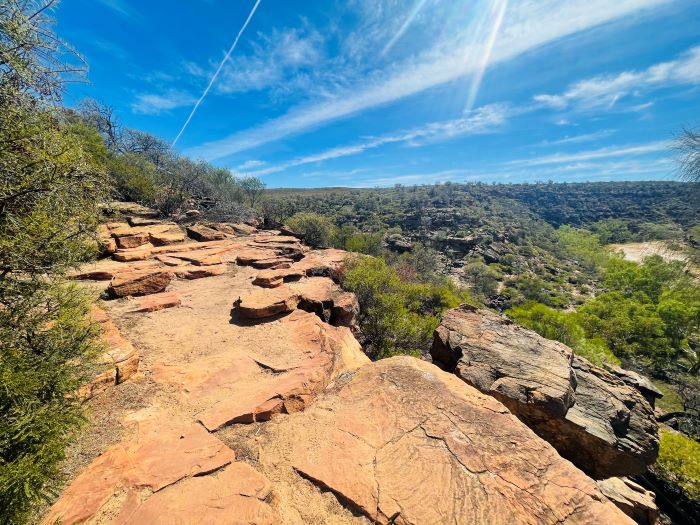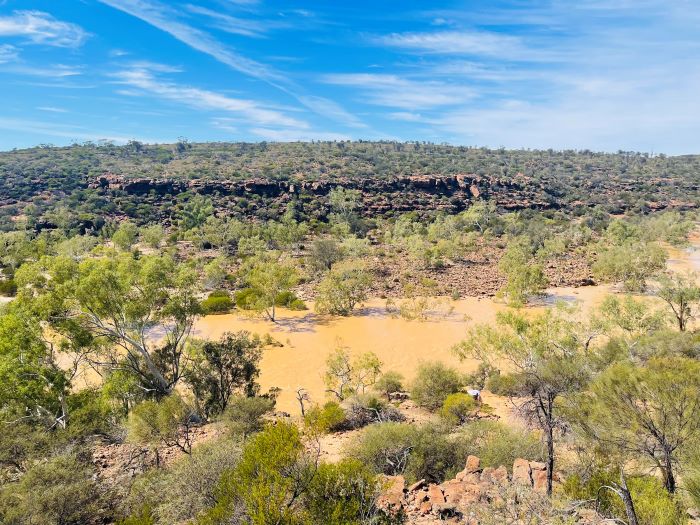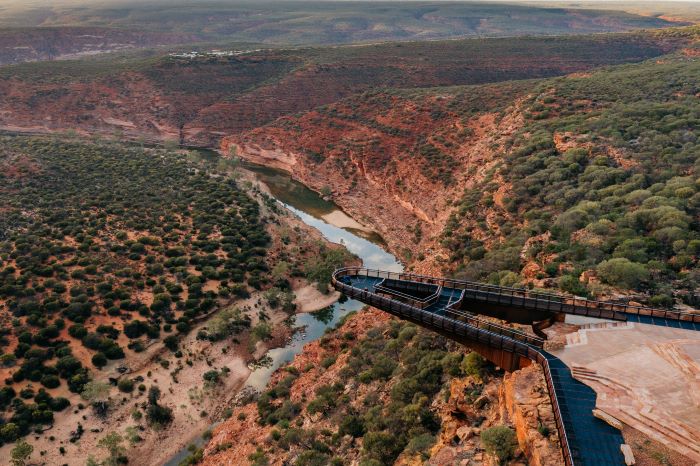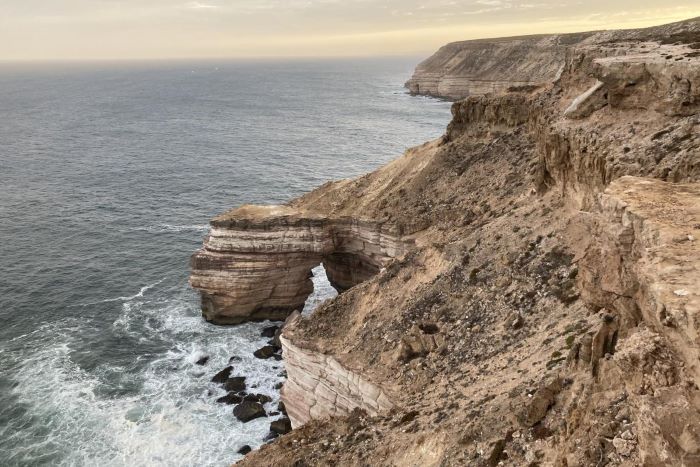Kalbarri National Park
Kalbarri National Park is one of Western Australia’s most popular national parks, and it’s not hard to see why!
A six hour drive from Perth, the park has186,000 hectares of rugged terrain, amazing views, and lots of activities to do with your family.
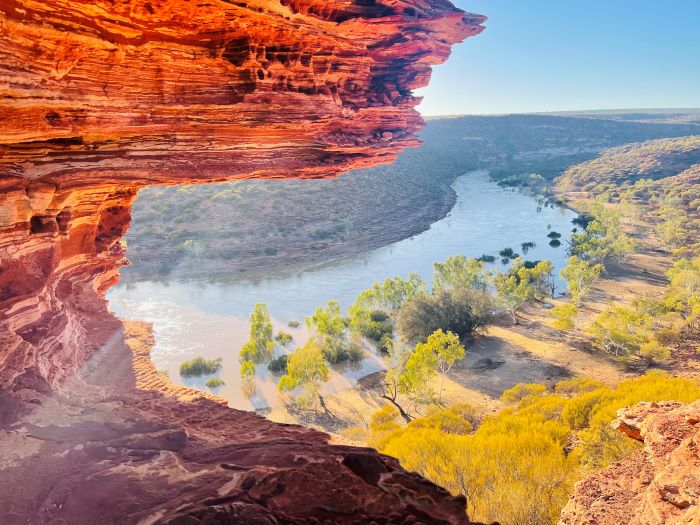
Cultural Recognition
We recognise and acknowledge the Nanda people as the traditional custodians of Kalbarri National Park.
Overview of Kalbarri National Park.
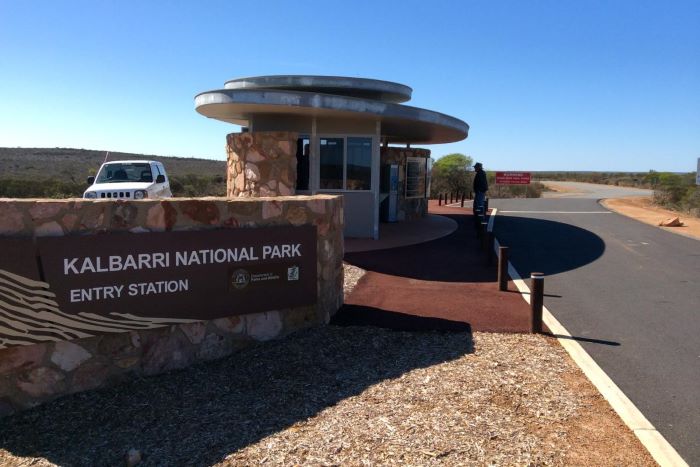
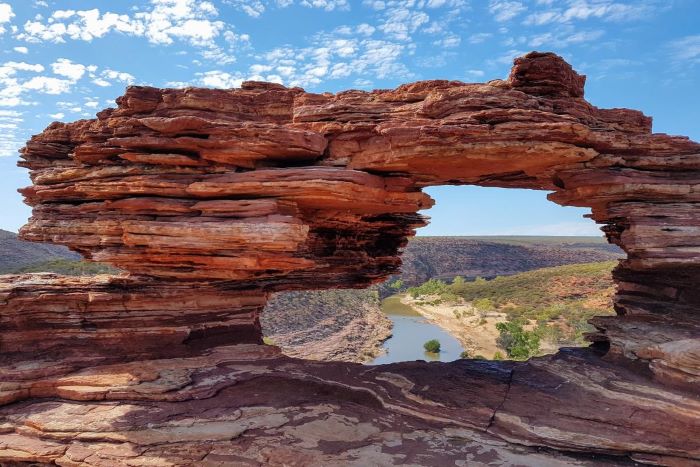
The national park is just a short drive from the town of Kalbarri, and about six (6) hours north of Perth. The park comprises some incredible gorges, plenty of walk trails and the Murchison River, as well as some beautiful coastal locations.
Nature’s Window is one of Kalbarri’s most notable destinations, and features a wind-eroded opening in some sandstone that frames the river in the distance, making for a picturesque photo location. Just minutes away is the Kalbarri Skywalk – an exciting, wheelchair-accessible lookout which overhangs the gorge below.
Following the trails within the park is the best way to discover the unique landscapes, flora and fauna. Some of our favourites include the Red Bluff Lookout trail (especially at sunset), the Z Bend Lookout trail, the Natural Bridge to Island Rock trail, and the Hawks Head Lookout, where you’ll have the chance to spot some rock wallabies!
Kalbarri National Park can be easily accessed by two-wheel-drive vehicles, with sealed roads and carparks at most points of interest. Pets are not permitted in this national park.
Make sure you read our Safety section for more information on preparing for your visit to Kalbarri National Park.
Fees apply for entry into Kalbarri National Park, which contribute to park management, including protection of the environment and the development and maintenance of visitor services and facilities.
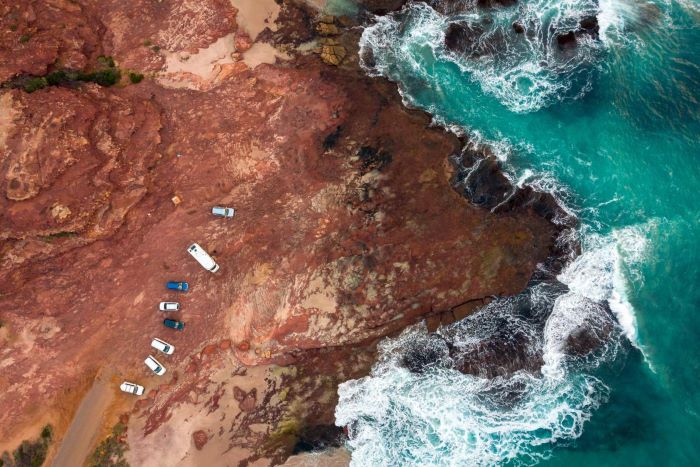
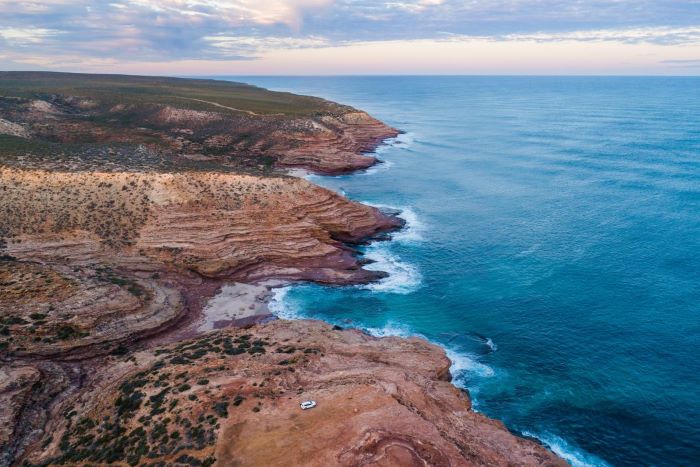
Cost of Entry*
Private vehicle with up to 12 occupants
- $17 per vehicle
- $10 per vehicle concession
Private vehicle with more than 12 occupants
- $8 per occupant 6 years or older
- $3.50 per occupant concession
Motorcycle
- $10 per motorbike
- No concession
No entry fee applies if you walk or cycle into the park.
*Prices accurate as of January 2024, refer to the Explore Parks WA website for up to date pricing.
Nature Play Resources
Nature Play WA has created fun and interactive resources for Kalbarri National Park.
For more fun, interactive nature play activities for families that can be used wile exploring any location, check out our free, Every Kid in a Park resource library
Activities & Information
Kalbarri National Park is home to amazing views, and lots of flora and fauna. It’s a great place to visit with your family
Acknowledgements
Nature Play WA would like to thank the Department of Biodiversity, Conservation and Attractions for providing valuable information about Blackwood River National Park.



